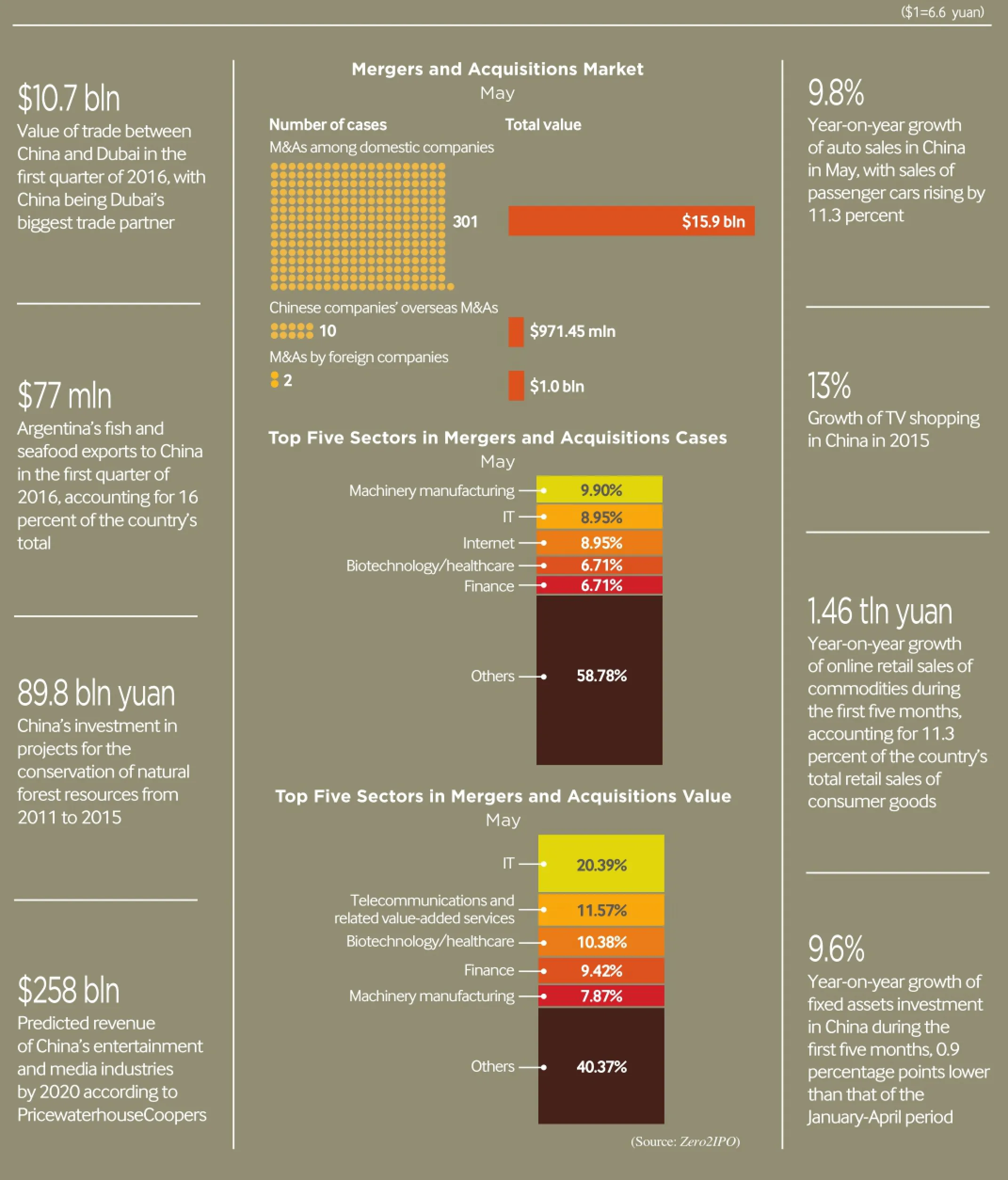OPINION Supply-Side Reform Helps Escape Middle-Income Trap
2016-09-14LiuShijin
OPINIONSupply-Side Reform Helps Escape Middle-Income Trap
China's economic growth has now changed from high to medium-high speed,which has aroused arguments on whether the Chinese economy will experience a hard landing and fall into the middle-income trap.Answers to these questions must factor-in long-term growth frameworks as well as international conditions.
Since World War II,many economies have entered the process of industrialization,but only a few of them have successfully surmounted the middle-income stage to become highincome societies,showing two different kinds of decline in economic growth.
The first type is defined by a country which,after high-speed growth for some time,experiences a decline in economic growth when its per-capita income is no more than 6,000-7,000 international dollars (a hypothetical unit of purchasing power parity).The country then descends into an economic slowdown,stagnation or even recession.Most of the economies which are dealing with this condition have to adopt the import substitution strategy,restrain their development of market forces and borrow heavily,leading to serious income disparities.Some of them adopt excessively high welfare policies,and ultimately,high-speed growth is hard to continue.Some Latin American countries belong to this type.
As for the second type,after an economy has experienced high-speed growth for two or three decades,it may start to see its growth decline when its per-capita income reaches 11,000 international dollars.When the economic growth transfers from high speed to medium-high,it has become a high-income society.Such economies include Japan,South Korea and Singapore,as well as China's Taiwan and Hong Kong.With sound market foundations,these economies also have powerful and development-oriented governments adopting export-driven strategies and establishing internationally competitive industries.
Since the reform and opening-up policy was adopted in the late 1970s,China has experienced more than 30 years of high-speed growth.In recent years,though,the growth speed has slowed down.The per-capita income in China reached 11,000 international dollars in 2014,and the country's growth pattern and path are similar to those of other East Asian economies.Judging from long-term growth frameworks,China has successfully tapped its potential for highspeed growth during the industrialization stage.The conditions for economic growth have changed significantly now,bringing new difficulties,which makes it natural for growth to decelerate.
We must recognize that China's current economy is much more developed than those in Latin American countries at the times they fell into the middle-income trap,so it is unlikely that China will follow their example.China will be able to escape the middle-income stage and become a highincome economy if it can realize a steady transition from a quantitative-oriented economy to one driven by quality.
The current environment of moderate development is still a period of “catch-up”growth.China's per-capita income stands at $8,000,much lower than the average of $40,000-50,000 in developed economies.If the previous high-speed growth we've seen was China's attempt to catch-up in terms of production quantity,the next stage will be to create growth focused on quality.During that interval,innovation will contribute more to growth,but the country still needs to learn from its predecessors by focusing on quality over quantity.This shift in modus operandi will place higher requirements on development conditions,systems and the policy environment.
The decelerated growth is also a transitional and rebalancing process for China.On the demand side,deep changes and readjustments have taken place in terms of low-cost exports,massive construction projects and wave-style consumption—all of which used to drive up the high growth rate.
On the supply side,since readjustments to the heavy and chemical industries are progressing slowly,some industries have seen serious overcapacity and intensifying corporate losses.But in the first quarter of this year,the prices of some industrial products were picking up and industrial enterprises were gaining profits instead of suffering losses due to structural reform on the supply side.If excessive industrial capacity can be cut thoroughly,the producer price index and profits of industrial enterprises will be able to resume their growth,and the readjustments to the supply side will be completed.
The supply-side reform,especially through reorganization and better allocation of production factors,will create the necessary system and policy conditions for China to pursue growth in quality and escape the middleincome trap.
The government should ease industrial access and advance the reform of monopoly industries.Breakthroughs must be made in the reform of basic and service industries,such as oil and natural gas,power,telecom,railway,finance,healthcare,education,culture and sports,etc.Investment in monopoly industries seems to be adequate,but these industries need new investment to improve their vitality and efficiency.Therefore,the government must further relax access conditions for these industries.
Mobility and allocation of production factors between urban and rural areas must be improved.Promoting the development of small cities and towns,improving connectivity,providing equal basic public services to urban and rural residents and changing the structure of the population and industries will bring considerable opportunities for investment in infrastructure and real estate.Hence,the government must be resolute in removing restrictions for mobility.
An atmosphere for innovation must be created based on respecting the underlying rules.The government must focus on protecting property rights,ensuring the expectations of stability of entrepreneurs and research and development staff,providing effective incentives for innovation activities,and deepening various reforms to promote mobility,concentration and better allocation of innovation factors.The government should also improve the quality of human capital and provide financial support for innovation.In the competition among local governments to attract investment,an atmosphere for innovation should be a new factor to consider.
The government should also fend off intervention from economic bubbles and guide resources to flow into fields that can improve productivity.Manufacturing industries are still the core of a country's competitiveness.Producer services have the most potential of all service industries,and they directly serve the upgrading of manufacturing industries.But for the real estate and financial industries,which can easily form bubbles,the government must be highly vigilant and be quick to nip the expansion of all types of economic bubble in the bud.It should also guide resources to the fields that can improve productivity as much as possible.■
This is an edited excerpt of an article written by
Liu Shijin,former Vice President of the Development Research Center of the State Council,and published in People's Daily
Copyedited by Bryan Michael Galvan
Comments to yushujun@bjreview.com
NUMBERS

